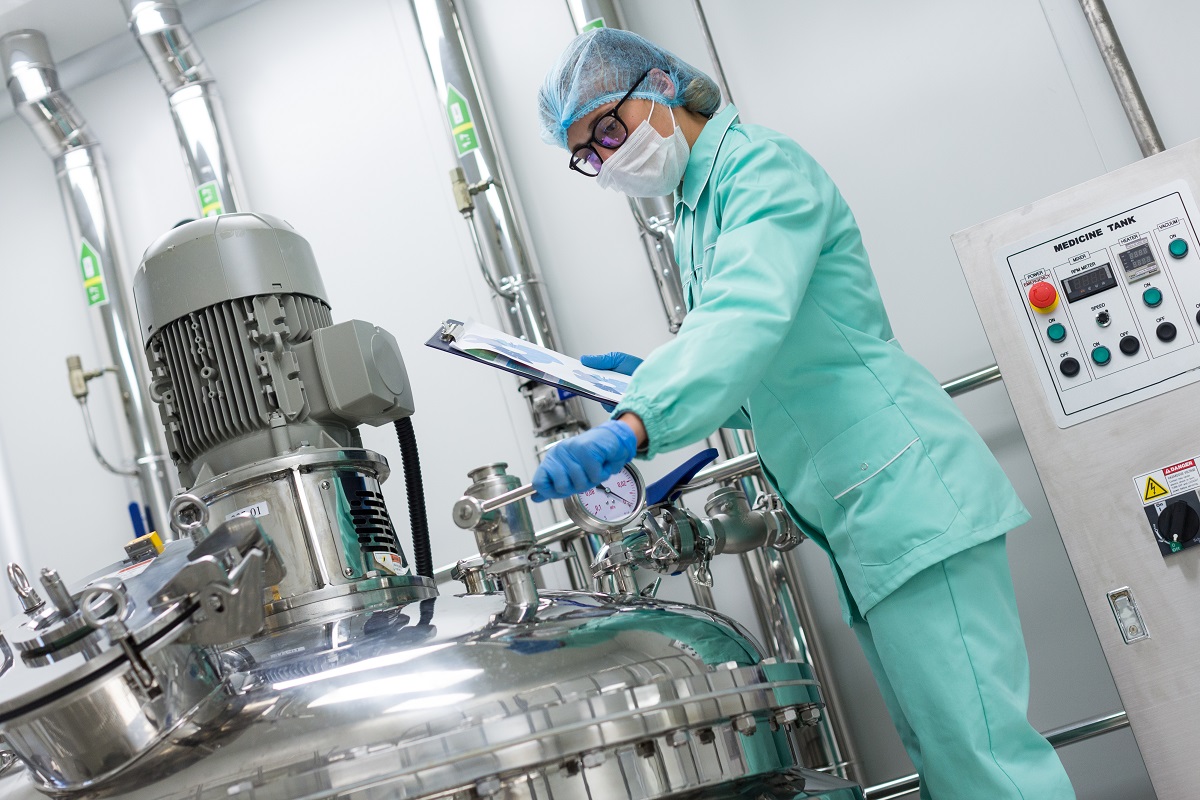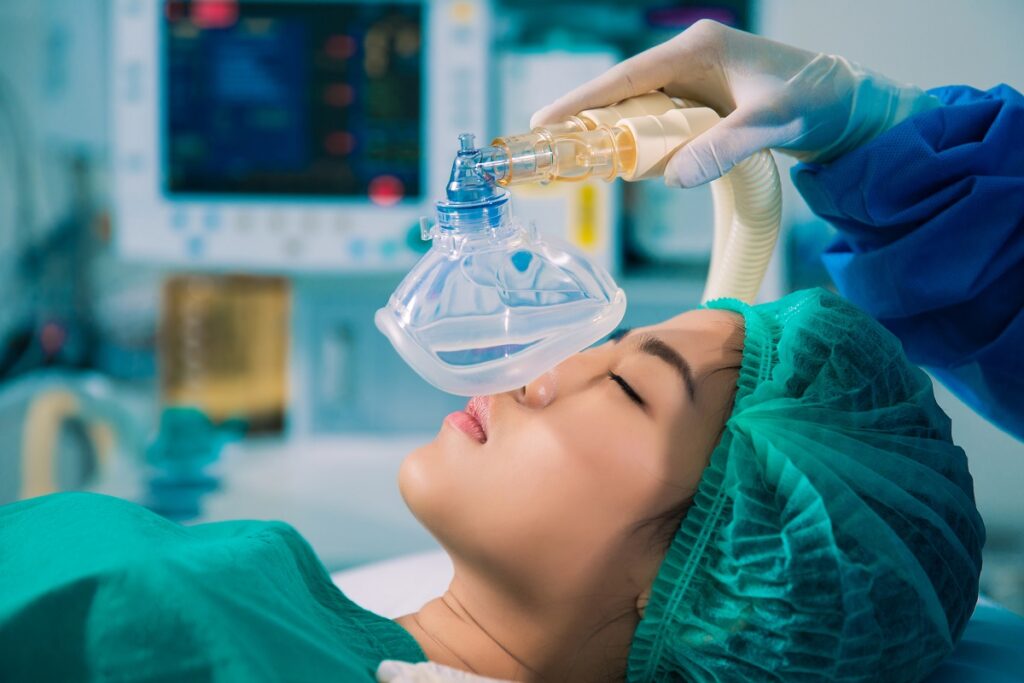- The manufacturing of medical oxygen involves determining the best production method, either pressure swing adsorption for smaller volumes or cryogenic distillation for larger-scale applications.
- Quality control in oxygen production is critical, focusing on maintaining purity, ensuring adherence to health and safety standards, maximizing resource utilization, and regular equipment maintenance.
- Compliance with health and safety standards governed by regulatory bodies like the FDA and WHO is imperative in producing medical oxygen.
- Extensive staff training is essential in maintaining operational efficiency and upholding quality and safety standards in medical oxygen manufacturing.
When it comes to the manufacturing of medical oxygen, several key production strategies can ensure efficiency and quality. You’ll need to consider factors such as the production method—pressure swing adsorption or cryogenic distillation. You’ll also need to consider ensuring purity and complying with safety and health standards. Dive into this intriguing world of oxygen production and discover the strategic choices that can make a significant difference.
Identify the Optimal Production Method
Choosing the most suitable production method is crucial in manufacturing medical oxygen. Pressure swing adsorption (PSA) is a cost-effective, energy-efficient method that separates oxygen from air under high pressure.
It’s ideal for producing a smaller volume of oxygen. Cryogenic distillation, on the other hand, is a more complex and intensive process that cools air until it liquefies. As the air is slowly heated, the different gases are separated based on their boiling points. This method is well-suited for large-scale applications.
Quality Control
Maintaining stringent quality control measures is an imperative part of medical oxygen manufacturing. It’s essential to consistently produce oxygen that meets the exact purity requirements for medical use. In addition to purity, other aspects such as concentration, pressure, and flow rate must be carefully monitored. Here are some tips to ensure quality control:
Purity Assurance
Utilizing Oxymax molecular sieves is an effective way to ensure the purity of medical oxygen during production. These sieves are engineered to remove impurities from the air during oxygen production. Oxymax molecular sieves are distinguished for their high adsorption capacity, making them an excellent choice for PSA and cryogenic distillation methods.
As they are designed to adsorb nitrogen, argon, and other unwanted gases efficiently, the resulting oxygen output is high purity and suitable for medical use. With Oxymax molecular sieves, manufacturers can uphold stringent quality control standards, thereby ensuring the reliability of their medical oxygen supply.
Compliance with Health and Safety Standards

Adhering to health and safety standards is a non-negotiable aspect of medical oxygen production. Ensuring compliance involves adhering to established industry protocols and guidelines outlined by authoritative bodies like the FDA and WHO.
These regulations encompass manufacturing practices, product labeling, storage, and distribution strategies. They also include routine inspections and testing, required to validate the oxygen’s quality, and that the manufacturing process is free from potential safety hazards.
Additionally, the workforce should be adequately trained in handling equipment and emergency procedures, further enhancing safety measures. By strictly following these standards, manufacturers can guarantee the production of safe, high-quality medical oxygen, instilling trust and confidence among healthcare providers and patients.
Efficient Use of Resources
Efficiency in resource utilization is a key determinant of success in producing medical oxygen. This encompasses optimizing the physical resources used in the production process and the human resources involved in operation and quality control. Maximizing the use of air – the primary raw material – can be achieved through advanced filtration systems and production techniques.
Simultaneously, energy efficiency can be enhanced by utilizing cutting-edge technologies and equipment. On the human resources front, ongoing training and development can ensure that staff are up-to-date with the latest production methods and safety standards.
High-efficiency operations result in cost-effectiveness, increased production capacity, reliable supply, and enhanced quality of medical oxygen. Thus, efficiency in the use of resources is an integral component of the medical oxygen production process.
Regular Equipment Maintenance
Regular maintenance of production equipment is crucial in the manufacturing of medical oxygen. Keeping machines in optimal condition ensures their performance, longevity, and safety.
This involves routine inspections and preventive maintenance measures such as cleaning, lubricating, and replacing worn components as needed. It is also essential to regularly calibrate the equipment to ensure that oxygen purity, pressure, and flow rates are accurate and consistent.
Moreover, having a well-established maintenance schedule helps to prevent unexpected breakdowns and costly production downtime. Through regular equipment maintenance, manufacturers can uphold the highest quality and safety standards in medical oxygen production.
Staff Training

Staff training is paramount in the medical oxygen manufacturing industry. A well-trained workforce is acquainted with the intricate production processes and skilled in managing emergencies and ensuring safety standards.
Comprehensive training programs should cover a broad spectrum of areas including technical aspects of the production process, equipment handling, quality control measures, and adherence to health and safety regulations. Regular refresher courses should also be provided to keep staff updated with the latest industry developments and technological advancements.
Additionally, training should foster a culture of responsibility and diligence, underscoring each staff member’s critical role in producing high-quality, safe medical oxygen. Staff training is a key ingredient in achieving operational efficiency, maintaining quality standards, and upholding safety in the medical oxygen manufacturing process.
Your commitment to excellence, safety, and continual improvement is the key to success. Remember, your actions can make a significant difference in healthcare outcomes. So, rise to the challenge, innovate, and provide the highest quality medical oxygen.
